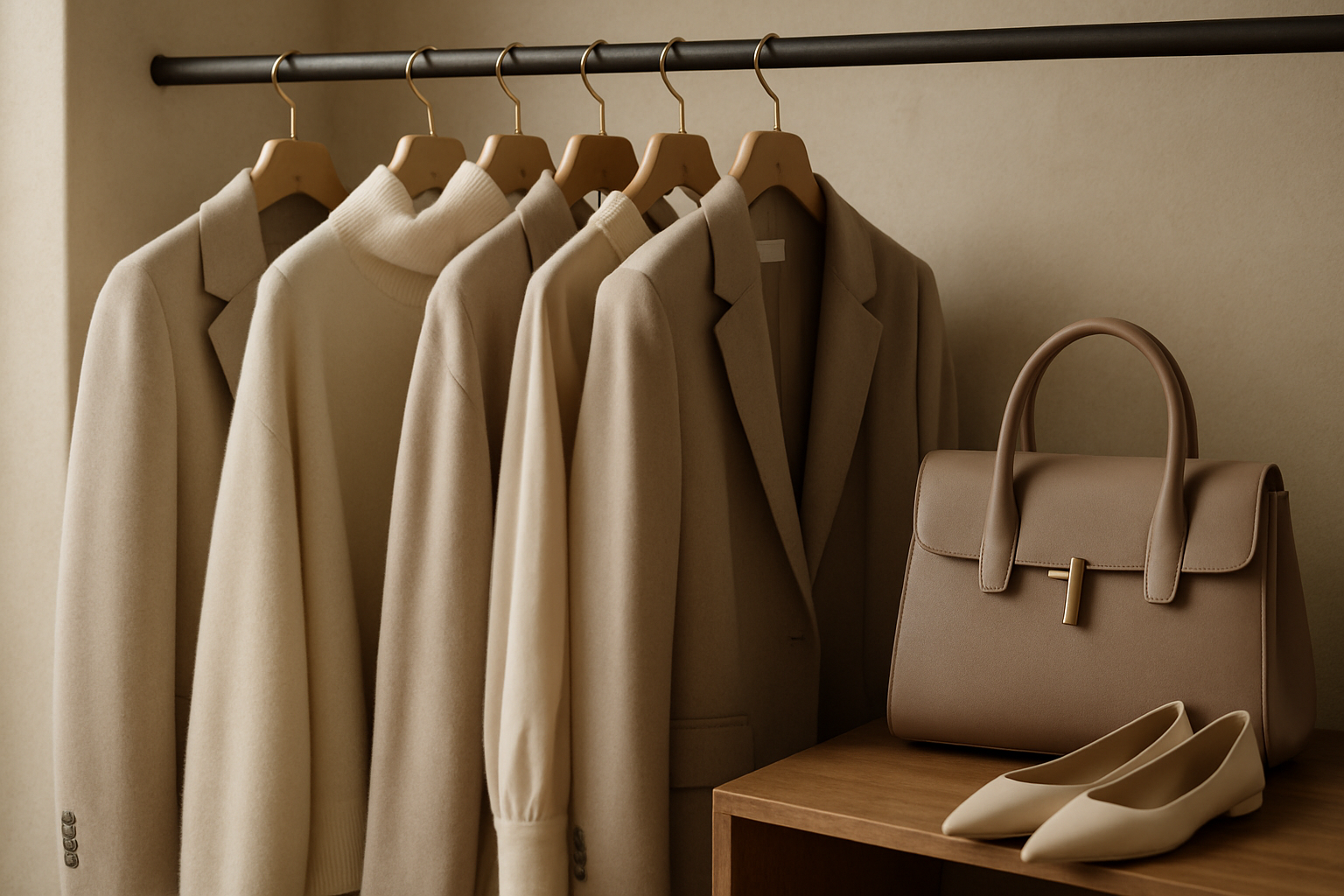Timeless Style Tips and Hacks for Women of All Ages
Create a dependable wardrobe that flatters your shape and fits your life, no matter your age. This guide offers practical fashion advice—from building signature looks and selecting flattering cuts to mixing trends with classics and adapting clothing for seniors and those with mobility needs. Learn easy, sustainable choices and smart shopping habits to simplify mornings, refine your aesthetic, and boost confidence without a full closet overhaul.

Timeless Style Tips and Hacks for Women of All Ages
A confident closet is less about chasing every fad and more about knowing what suits your body, routine, and taste. With a few core principles—clear outfit categories, reliable neutrals, selective trends, and garments that move with you—you can build a versatile, flattering wardrobe at any stage of life. Below are actionable steps and practical adjustments for younger women, seniors, and elderly people with mobility concerns.
Define a few signature looks
Start by identifying three to five repeatable outfits that match your daily life: casual weekend, polished office, relaxed evening, activewear, and a go-to special-occasion ensemble. Limiting your go-to looks helps you shop with intention and reduces decision fatigue.
Pick a compact color scheme—two neutrals (think navy and camel or black and gray) and two accent shades that brighten your complexion. Sticking to a palette makes mixing pieces effortless and keeps purchases cohesive. Keep an inspiration folder or digital board of outfits you admire; it becomes a helpful buying filter and prevents impulse buys.
Accessories are powerful: a scarf, a belt, well-chosen jewelry, or a high-quality handbag can update outfits without a major spend. Tailoring often yields the greatest upgrade—simple alterations like hemming trousers or nipping a waist create garments that look bespoke.
Choose clothing that flatters your proportions
Aim for balance rather than following labels. A fitted top paired with a slightly A-line skirt or straight-leg trousers creates a flattering silhouette for many body types. Elements that visually lengthen—vertical seams, V-necklines, and single-breasted jackets—help elongate the torso.
Prefer fabrics with structure when you want a neat shape; heavy knits and crisp woven materials hold form better than clingy synthetics. Invest in a handful of sturdy basics: a well-cut blazer, dark jeans that fit the waist and hips, a tailored coat, and comfortable low-heel shoes. When trying something new, check for ease of movement—if it restricts walking, sitting, or reaching, it’s unlikely to become a favorite.
Use trends sparingly alongside classics
Think of trends as accents rather than the foundation. Introduce seasonal ideas through small items—a statement belt, a patterned scarf, or on-trend footwear—while relying on enduring pieces like white shirts, neutral knitwear, and classic trousers. This keeps your look current without risking a closet full of short-lived styles.
Learn a few dependable outfit formulas (for example: lightweight sweater + midi skirt + ankle boots) and refresh them each season with a trending accessory or color. Embracing sustainable habits—buying fewer, higher-quality items, repairing garments, and choosing timeless silhouettes—boosts both style and longevity.
| Essential Item | Why it Matters | Approximate Price Range |
|---|---|---|
| Tailored blazer | Polishes outfits and layers easily | $80–$300 |
| Dark jeans | Versatile, dress up or down | $50–$200 |
| Tailored coat | Structure + warmth for seasons | $100–$400 |
| Comfortable low-heel shoes | Everyday support and posture | $60–$250 |
| Quality handbag | Outfit anchor and practical storage | $80–$400 |
Cost disclaimer: Prices are approximate and may vary by brand, retailer, and location.
Styling advice for older women
As priorities shift, many older women prefer clothes that combine comfort with a refined look. Seek garments with thoughtful details—elastic or partially elastic waistbands that read as tailored, soft linings to prevent rubbing, and breathable fabrics that drape without clinging. Layering is particularly useful: lightweight cardigans, vests, and scarves add warmth and visual interest while remaining adaptable.
Footwear should offer support: modest heels or wedges with cushioned insoles and stable soles improve posture and reduce fatigue. Color and pattern still play a role—don’t avoid hues that enliven your complexion. Simple tailoring, such as shortening sleeves or adjusting hems, modernizes older pieces and keeps them in rotation longer.
Practical clothing solutions for elderly or mobility needs
For people with limited dexterity or mobility, prioritize ease of dressing and garment care. Look for front-fastening tops, clothing with magnetic closures or larger, easy-to-grasp zippers, and machine-washable fabrics that require minimal special care. Non-slip soles, cushioned footbeds, and wider toe boxes enhance safety and daily comfort.
Adjustable garments—wrap dresses, drawstring pants, and elasticized waists—offer flexibility for fluctuating needs. Organize clothing by function or by day of the week to simplify dressing routines, and choose silhouettes that feel dignified and uncluttered. Small, thoughtful adaptations maintain personal style while addressing practical constraints.
Build a wardrobe that grows with you
A considered closet starts with clarity around your lifestyle, investment in well-fitting core pieces, and occasional playful additions to keep things fresh. Whether you’re defining a new aesthetic or prioritizing comfort as you age, adaptable designs and mindful shopping make dressing simpler and more satisfying. With a few intentional edits and reliable staples, you can curate a practical, stylish wardrobe that reflects who you are and supports how you live.






